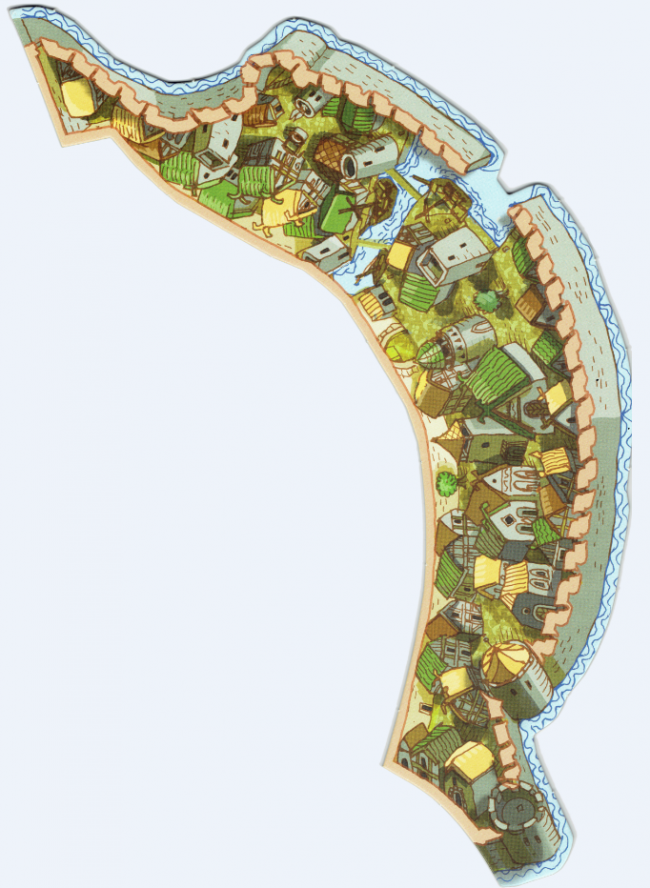Howdy, Stranger!
We are about to switch to a new forum software. Until then we have removed the registration on this forum.
Categories
- All Categories 25.7K
- Announcements & Guidelines 13
- Common Questions 30
- Using Processing 22.1K
- Programming Questions 12.2K
- Questions about Code 6.4K
- How To... 4.2K
- Hello Processing 72
- GLSL / Shaders 292
- Library Questions 4K
- Hardware, Integration & Other Languages 2.7K
- Kinect 668
- Arduino 1K
- Raspberry PI 188
- Questions about Modes 2K
- Android Mode 1.3K
- JavaScript Mode 413
- Python Mode 205
- Questions about Tools 100
- Espanol 5
- Developing Processing 548
- Create & Announce Libraries 211
- Create & Announce Modes 19
- Create & Announce Tools 29
- Summer of Code 2018 93
- Rails Girls Summer of Code 2017 3
- Summer of Code 2017 49
- Summer of Code 2016 4
- Summer of Code 2015 40
- Summer of Code 2014 22
- p5.js 1.6K
- p5.js Programming Questions 947
- p5.js Library Questions 315
- p5.js Development Questions 31
- General 1.4K
- Events & Opportunities 288
- General Discussion 365
In this Discussion
- Chrisir August 2017
- jeremydouglass August 2017
- MGlolenstine August 2017
- prince_polka August 2017
- quark August 2017
How to check if free-shaped image has been clicked?
Ok, so I'm trying to make a board game, which is made of small parts like the one below  .
So, I need vertices, so I can check if the mouse is inside of the image when it's clicked.
.
So, I need vertices, so I can check if the mouse is inside of the image when it's clicked.
Is there any other way I can check if transparent(not 100% transparent, but only parts of it) has been clicked. Without vertices. I wanted vertices because I could check it with raytracing.
Tagged:

Answers
Ray tracing is good for 3D but this is a 2D image.
If you have loaded this bitmap (with alpha e.g. png, gif) into a PImage then you can check the transparency at pixel position with
You can change
== 0to something like< 1to take some anti-aliasing into accountWell the thing is that the playing board is made out of many of those. Now I need to tell them apart... which one was clicked... How would I do that?
Can you send the piece in a transparent file?
And one more piece would be nice.
And if you already have them as polygons, the list of vertices would be nice.
Well... I can send you links... And no, I don't have vertices. http://mglolenstine.xyz/map/1.png http://mglolenstine.xyz/map/2.png http://mglolenstine.xyz/map/3.png
thank you
You could make a copy of every tile.
Make each of the tiles in one solid color, each tile has a unique color
Now when you place the tiles simultaneously place the copy on an invisible PGraphics pg (same size as your window)
On mousePressed do a get (mouseX,mouseY) on the pg and use the color you receive to determine the tile (because the color of the copy is unique)
Thank you!
Use paint or photoshop for coloring the copies
Will GIMP do?
Sure
Probably you can write a sketch in processing for that too
;-)
true :D
If the original tiles are separate image files and they are transparent then you can also generate the color copies automatically without GIMP.
what's the name of the game?
Hmm... So I need to rotate and move the invisible image as well as the visible one? They need to cover eachother... right?
That's true exact match of tile and its copy
The trick is the unique color to be Associated with each tile
I haven't put much thought in what the game should be called... :D
Did you draw the tile?
Ok, yet another question... I don't really understand this part... "On mousePressed do a get (mouseX,mouseY) on the pg and use the color you receive to determine the tile (because the color of the copy is unique)" I do understand everything but how can I check for color? I can't check the color on the visible layer... I can't check color on invisible image, because it has been moved and rotated...
Look at this
https://processing.org/reference/PGraphics.html
place the unique copies on the pg using pg.image(.....
store the colors that you can match them to your tiles
use pg.get(mouseX,mouseY) to get the color
Let's say you have <255 tiles
Then you could work only with gray
Wait... so PGraphics is just a secondary "canvas" which isn't rendered?
Yeah - it's invisible
Hence we can use the unique colors but the user doesn't see it
But since all positions are the same as on the visible game board we can look up the colors and from there the tiles (which needs a software link from the int color to the tile ID, so something like an array with the color int as index and the tile ID as content)
Thanks! It's working now! How can I tag this thread as solved? Is "Answered" next to the name enough?
Yeah, it's marked as answered already- you can see it in the overview of all discussions
Thank you all for help!
Well done!